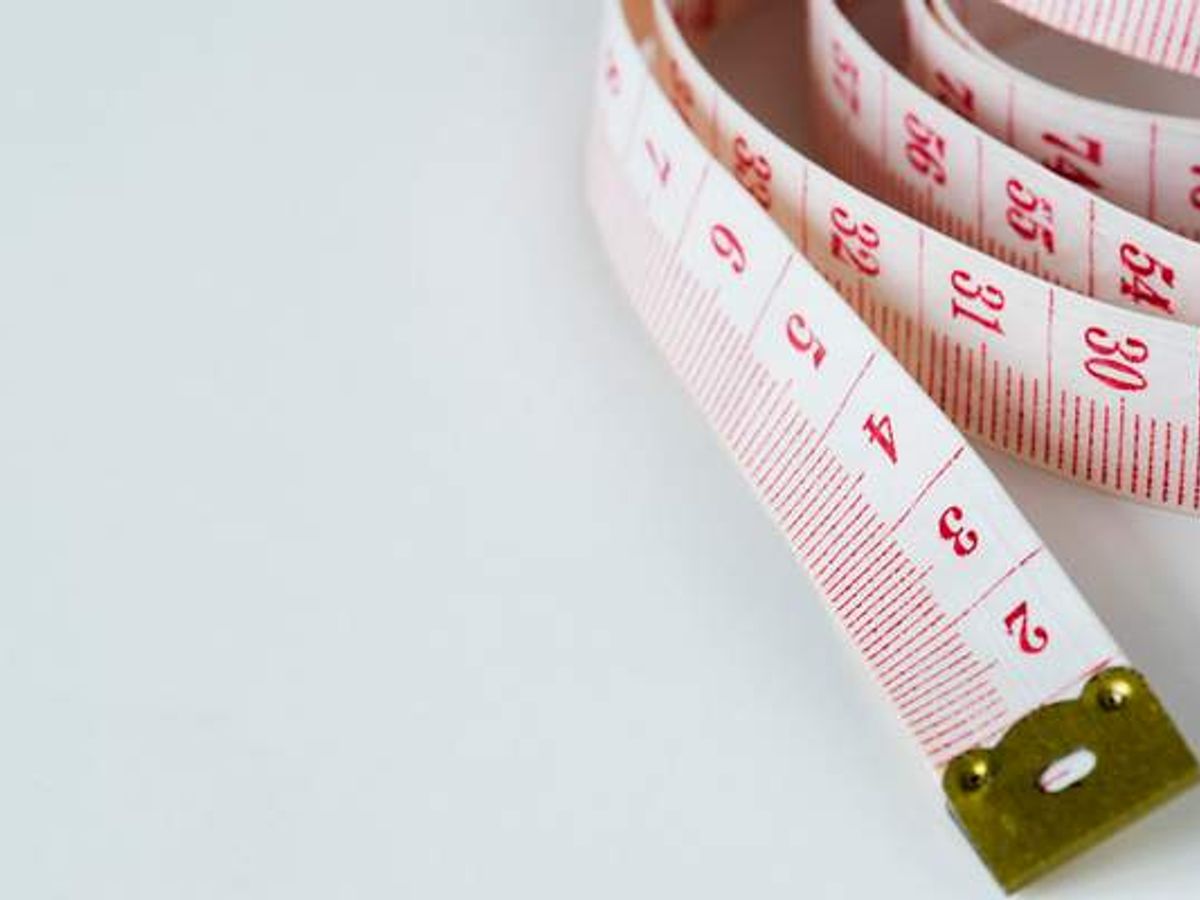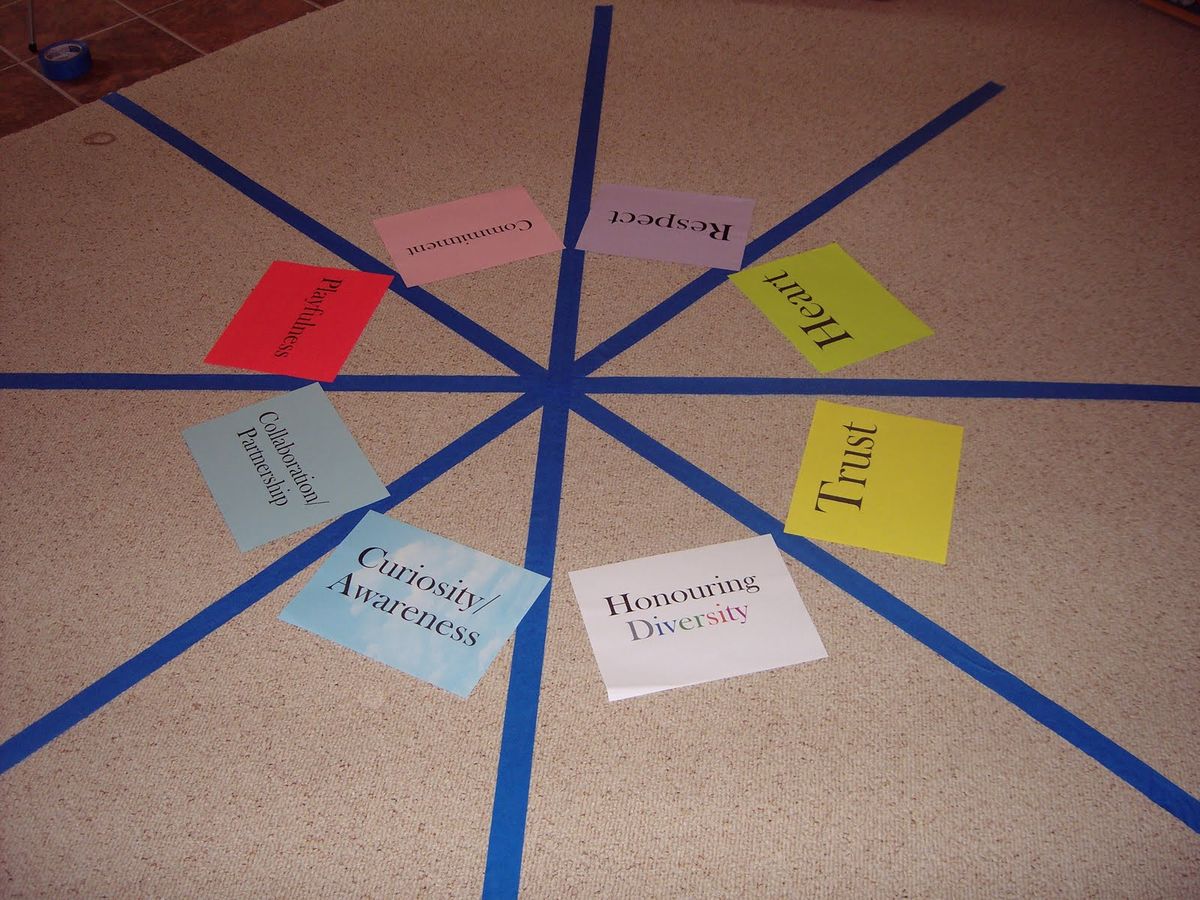Losing belly fat is a common goal for many individuals striving for a healthier and more toned physique. Belly fat is not only aesthetically concerning but also linked to various health issues such as cardiovascular diseases and diabetes. Fortunately, there are proven strategies that can effectively target and reduce belly fat. This article delves into the essential aspects of understanding belly fat, the role of diet and exercise, and other crucial factors like sleep, stress management, and hydration. By following these evidence-based strategies, you can embark on a successful journey to lose belly fat and improve your overall health.
Key Takeaways
- Understanding the causes and types of belly fat is crucial for effective weight loss strategies.
- A balanced diet, rich in specific foods and mindful of meal timing, plays a significant role in reducing belly fat.
- Incorporating a mix of cardio, strength training, and core exercises can effectively target and reduce belly fat.
- Adequate sleep and stress management are essential components in the fight against belly fat.
- Hydration is a key, often overlooked, factor that supports fat loss and overall health.
Understanding the Basics of Belly Fat

What Causes Belly Fat?
Belly fat can be a real nuisance, right? It’s not just about how you look; it’s also about your health. Excess belly fat is linked to serious health complications like cardiovascular disease and insulin resistance. So, what causes it? Well, it’s a mix of factors including poor diet, lack of exercise, and even stress. Your body tends to store fat in the belly area due to hormonal imbalances and genetics. It’s like your body’s favorite storage spot for extra calories.
Types of Belly Fat
Not all belly fat is created equal. There are actually different types:
- Subcutaneous Fat: This is the looser fat that you can pinch. It’s just under your skin and is generally less harmful.
- Visceral Fat: This is the dangerous one. It’s packed between your abdominal organs and is linked to various health issues.
- Intramuscular Fat: Found within your skeletal muscles, this type is less common but still worth noting.
Why Belly Fat is Stubborn
Ever wonder why belly fat is so hard to lose? It’s because this area is your body’s go-to spot for storing fat. Visceral fat is particularly stubborn because it’s metabolically active, meaning it releases hormones and toxins that can make it harder to lose weight. Plus, your body tends to hold onto this fat as a sort of emergency reserve. So, losing belly fat often requires a more targeted and consistent approach.
Remember, getting rid of belly fat isn’t just about looking good; it’s about improving your overall health. So, don’t give up! Tailor your workouts and stay consistent.
The Role of Diet in Losing Belly Fat
When it comes to losing belly fat, what you eat is just as important as how much you exercise. While there’s no magic diet specifically for belly fat, making smart food choices can significantly impact your waistline. Let’s dive into the key aspects of a diet that can help you shed those stubborn pounds around your midsection.
Effective Exercises to Target Belly Fat
When it comes to losing belly fat, exercise is a crucial component. While you can’t spot-reduce fat, certain exercises can help you burn calories and build muscle, which in turn helps reduce overall body fat, including around your belly. Here are some effective exercises to target belly fat:
Cardio Workouts
Cardio workouts are essential for burning calories and improving cardiovascular health. High-Intensity Interval Training (HIIT) is particularly effective because it involves intense bursts of exercise followed by short rest periods. This type of workout can help you torch calories faster, making it a great option for weight loss for beginners. Other effective cardio exercises include running, cycling, and swimming.
Strength Training
Strength training is an important component of losing belly fat. When you do exercises like squats, lunges, and deadlifts, you’re not just building muscle but also boosting your metabolism. Dr. Creel recommends two to three strength-training sessions per week. Some examples include:
- Pilates
- Kettlebells
- Functional exercises like push-ups and squats
- Resistance bands
- Weight machines and dumbbells
Core Exercises
While core exercises alone won’t burn belly fat, they are essential for building a strong midsection. Exercises like planks, Russian twists, and leg raises can help strengthen your abdominal muscles. Remember, a strong core can improve your posture and make other exercises more effective.
Remember, while core exercises are important, they should be part of a balanced workout routine that includes cardio and strength training. This comprehensive approach will help you achieve the best results in your weight loss journey.
The Importance of Sleep and Stress Management
How Sleep Affects Belly Fat
Getting a good night’s sleep is crucial for overall health, but did you know it also plays a significant role in weight management? When we don’t sleep well or are sleep-deprived, it can impact hunger hormones, making us want to eat more. A good night’s sleep can boost your immune system, improve your mood, and increase productivity. So, if you’re serious about losing belly fat, prioritize your sleep.
Stress and Cortisol
Everyone has stress, but how you handle it matters. When we’re stressed, our bodies release cortisol, a hormone that can lead to weight gain, especially around the belly area. The bigger issue is that when we’re more stressed, we tend to be less mindful of our eating. It’s common to turn to food for comfort or to distract ourselves from stressful life circumstances. Finding stress-relieving activities like meditating, exercising, or spending time in nature can make a big difference.
Tips for Better Sleep
- Stick to a sleep schedule: Go to bed and wake up at the same time every day, even on weekends.
- Create a restful environment: Make sure your bedroom is dark, quiet, and cool.
- Limit screen time: Turn off electronic devices at least an hour before bed.
- Avoid large meals and caffeine before bedtime.
- Get regular exercise, but not too close to bedtime.
Remember, managing stress and getting enough sleep are key components of a successful weight loss journey. Prioritize these aspects to see better results in your efforts to lose belly fat.
Hydration: The Unsung Hero in Fat Loss
Why Water Matters
Hydration is often overlooked, but it’s a key player in fat loss. Drinking water can stimulate your body to break down fat without raising your blood sugar or insulin, which may also support weight loss. Plus, staying hydrated helps you perform better during workouts, making it easier to burn more calories.
How Much Water You Need
The amount of water you need can vary, but a good rule of thumb is to drink at least 8 glasses a day. If you’re active or live in a hot climate, you might need more. Here’s a simple table to help you gauge your needs:
| Activity Level | Water Intake (liters/day) |
|---|---|
| Sedentary | 2-2.5 |
| Moderately Active | 2.5-3 |
| Very Active | 3-3.5 |
Hydration Tips
- Start your day with a glass of water: It kickstarts your metabolism and helps you wake up.
- Carry a water bottle: Having water on hand makes it easier to stay hydrated throughout the day.
- Eat hydrating foods: Foods like cucumbers, celery, watermelon, and grapes can help you stay hydrated.
- Limit alcohol: Alcohol can dehydrate you and add empty calories to your diet.
Remember, staying hydrated is not just about drinking water; it’s about maintaining a balance that supports your overall health and weight loss goals.
Supplements That May Help
When it comes to losing belly fat, sometimes you need a little extra help. That’s where supplements come in. While they aren’t magic pills, they can support your weight loss journey when combined with a healthy diet and regular exercise. Here are a few that might be worth considering.
Green Tea Extract
Green tea extract is one of the top 10 most recommended weight loss pills for 2024. It’s known for its ability to boost metabolism and increase fat burning. The active ingredient, EGCG, has been shown to help reduce belly fat specifically. Just remember, it’s not a miracle worker on its own; you still need to maintain a balanced diet and exercise routine.
Probiotics
Probiotics are beneficial bacteria that can improve gut health and enhance immune function. Some studies suggest that certain strains of probiotics can help with weight regulation and reduce belly fat. Including probiotic-rich foods like yogurt or taking a supplement can be a good addition to your weight loss plan.
Fiber Supplements
Fiber supplements can help you feel full longer, reducing overall calorie intake. They work by absorbing water and expanding in your stomach, promoting a feeling of fullness. This can be particularly helpful if you struggle with overeating or frequent snacking. Always consult with a healthcare provider before starting any new supplement, especially if you have underlying health conditions.
Remember, while supplements can aid in weight loss, they should be used in conjunction with a healthy diet and regular exercise. Always consult with a healthcare provider before starting any new supplement, especially if you have underlying health conditions.
Lifestyle Changes for Long-Term Success

When it comes to losing belly fat, consistency and patience are key. It’s not just about quick fixes but making sustainable changes that you can maintain over time. Here are some lifestyle changes that have worked for me and can help you achieve long-term success in your weight loss journey.
Debunking Common Myths About Belly Fat
Spot Reduction Myth
One of the most persistent myths surrounding belly fat reduction is the idea of spot reduction. Many people believe that they can target belly fat specifically by doing exercises like crunches or sit-ups. However, the truth is that you can’t choose where your body loses fat. Fat loss happens uniformly across the body, and focusing solely on abdominal exercises won’t necessarily reduce belly fat.
Detox Teas and Quick Fixes
Another common myth is that detox teas and quick fixes can help you lose belly fat rapidly. These products often promise dramatic results in a short period, but they are usually not effective in the long term. Most of the weight lost through these methods is water weight, which will return once you resume your normal diet. Crash diets and detox teas are not sustainable solutions for belly fat loss.
The Truth About Crunches
Crunches and other abdominal exercises are often touted as the best way to lose belly fat. While these exercises can strengthen your core muscles, they won’t specifically target belly fat. A combination of cardio workouts, strength training, and a balanced diet is more effective for overall fat loss, including the belly area.
Remember, there is no magic solution for losing belly fat. Sustainable weight loss requires a combination of healthy eating, regular exercise, and lifestyle changes.
The Role of Genetics in Belly Fat
Can You Outrun Your Genes?
When it comes to belly fat, genes play a significant role. Some people are naturally predisposed to store fat in their midsection rather than in other parts of their body. This is why you might see someone who is otherwise skinny but has a big belly. It’s not just about diet and exercise; your genetic makeup can influence where your body stores fat. In fact, a study in Nature Genetics analyzed the genes of more than 476,000 people and found 24 genes that determine where a person might store fat. Some gene variants direct fat to your hips and thighs, creating a pear-shaped physique, while others send fat straight to your midsection, making an apple shape.
Epigenetics and Fat Storage
Epigenetics is another fascinating aspect of how our bodies store fat. This field studies how your behaviors and environment can cause changes that affect the way your genes work. For example, factors like your diet, stress levels, and even your birth weight can influence how your body stores fat. Smaller babies, for instance, are more likely to add belly fat later in life. Hormones and whether you’ve had children also play a role. Women who have given birth tend to develop more visceral fat than those who haven’t.
Personalized Approaches
Given the genetic factors at play, a one-size-fits-all approach to losing belly fat might not be effective for everyone. Personalized plans that take into account your genetic predispositions can be more effective. This might involve genetic testing to understand your unique makeup and tailor a diet and exercise plan that works best for you. Remember, while you can’t change your genes, you can adopt strategies that work with your genetic predispositions to help you lose belly fat more effectively.
Remember, while understanding your genetic predispositions can be enlightening, it’s crucial to combine this knowledge with a healthy diet and regular exercise for the best results.
Monitoring Your Progress and Making Adjustments
When it comes to losing belly fat, tracking your progress is crucial. It helps you understand what’s working and what needs tweaking. I find that keeping a food diary or using an app can be incredibly helpful. These tools not only track your calorie intake but also give you insights into your protein, carbs, and micronutrient consumption. Plus, many apps allow you to log your exercise and physical activity, making it easier to see the bigger picture.
Using a Journal or App
I can’t stress enough how beneficial it is to use a journal or an app for tracking your progress. Whether it’s noting down your meals, workouts, or even how you’re feeling, this practice can provide valuable insights. Here are some tips to get started:
- Choose the right tool: There are plenty of apps out there, so pick one that suits your needs.
- Be consistent: Make it a habit to log your data daily.
- Review regularly: Take time to look back at your entries to identify patterns and areas for improvement.
When to Adjust Your Plan
It’s essential to be flexible and ready to make adjustments to your plan. If you notice that you’re not making the progress you’d hoped for, it might be time to tweak your approach. Here are some signs that you might need to make changes:
- Plateaus: If your weight loss has stalled, it might be time to switch up your diet or exercise routine.
- Lack of energy: Feeling constantly tired could indicate that you’re not getting enough nutrients or rest.
- Increased cravings: This could be a sign that your current diet isn’t satisfying your nutritional needs.
Seeking Professional Help
Sometimes, despite our best efforts, we need a little extra help. Consulting with a healthcare professional can provide you with personalized advice and support. They can help you fine-tune your plan and ensure that you’re on the right track. Don’t hesitate to seek professional guidance if you feel stuck or overwhelmed.
Remember, the journey to losing belly fat is a marathon, not a sprint. Stay patient, stay consistent, and don’t be afraid to make adjustments along the way.
Conclusion
Losing belly fat isn’t just about looking good—it’s about feeling great and improving your overall health. From incorporating a balanced diet and regular exercise to exploring medical treatments and supplements, there are numerous strategies to help you achieve your goals. Remember, consistency is key, and it’s essential to find a plan that works for you and stick with it. Monitor your progress, make adjustments as needed, and don’t be afraid to seek professional guidance. With dedication and the right approach, you can shed that stubborn belly fat and enjoy a healthier, happier life.
Frequently Asked Questions
What are the primary causes of belly fat?
Belly fat is primarily caused by factors such as poor diet, lack of exercise, stress, and genetics. Consuming high-calorie, low-nutrient foods and leading a sedentary lifestyle can contribute significantly to the accumulation of belly fat.
Are there different types of belly fat?
Yes, there are two main types of belly fat: subcutaneous fat, which lies just under the skin, and visceral fat, which surrounds internal organs. Visceral fat is considered more dangerous as it is linked to various health issues like heart disease and diabetes.
What dietary changes can help reduce belly fat?
To reduce belly fat, focus on eating whole, unprocessed foods such as fruits, vegetables, lean proteins, and whole grains. Avoid sugary drinks, refined carbs, and trans fats. Incorporating fiber-rich foods can also help in managing weight.
How important is exercise in losing belly fat?
Exercise is crucial for losing belly fat. Combining cardio workouts, strength training, and core exercises can help burn calories, build muscle, and reduce fat. Consistency in physical activity is key to achieving and maintaining results.
Can stress affect belly fat?
Yes, stress can lead to the accumulation of belly fat. When stressed, the body releases cortisol, a hormone that can increase appetite and promote fat storage, particularly in the abdominal area. Managing stress through relaxation techniques and regular exercise can help.
What role does sleep play in weight loss?
Adequate sleep is essential for weight loss, including reducing belly fat. Poor sleep can disrupt hormones that regulate hunger and appetite, leading to increased calorie intake and weight gain. Aim for 7-9 hours of quality sleep per night.
Are supplements effective in losing belly fat?
Some supplements, like green tea extract, probiotics, and fiber supplements, may aid in weight loss when combined with a healthy diet and exercise. However, they are not a substitute for a balanced lifestyle and should be used with caution.
Can you target belly fat with specific exercises?
Spot reduction, or losing fat from a specific area, is a common myth. While core exercises can strengthen abdominal muscles, they won’t specifically burn belly fat. A combination of overall body fat reduction through diet and exercise is necessary to lose belly fat.
- Sustainable Weight Loss Strategies: Achieving Long-Term Success – June 16, 2024
- Cycling for Weight Loss: Pedal Your Way to a Healthier You – June 15, 2024
- Weight Loss Coaching: Personalized Guidance for Effective Results – June 15, 2024




